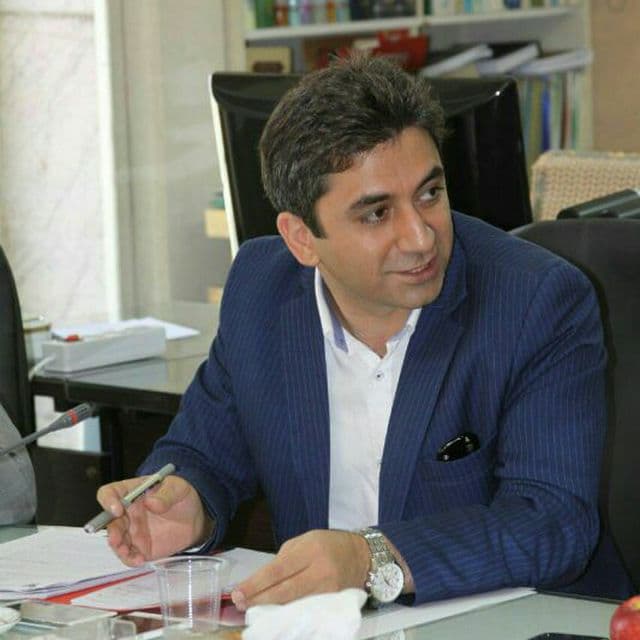Passive Seismic Velocity Tomography and Geostatistical Simulation on Longwall Mining Panel
Generally, the accurate determination of the stress in surrounding rock mass of underground mining area has an important role in stability and ground control. In this paper stress redistribution around the longwall face has been studied using passive seismic velocity tomography based on Simultaneous Iterative Reconstructive Technique (SIRT) and Sequential Gaussian Simulation (SGS). The mining-induced microseismic events are used as a passive source. Since such sources are used, the ray coverage is insufficient and in order to resolve this deficiency, the wave velocity is estimated in a denser network and by the SGS method. Consequently the three-dimensional images of wave velocity are created and sliced into the coal seam. To analyze the variations of stress around the panel during the study period, these images are interpreted. Results show that the state of stress redistribution around the longwall panel can be deduced from these velocity images. In addition, movements of the stressed zones, including front and side abutments and the goaf area, along the longwall face are evident. The applied approach illustrated in this paper can be used as a useful method to monitoring the stress changes around the longwall face continuously. This can have significant safety implications and contribute to improvements in operational productivity.
